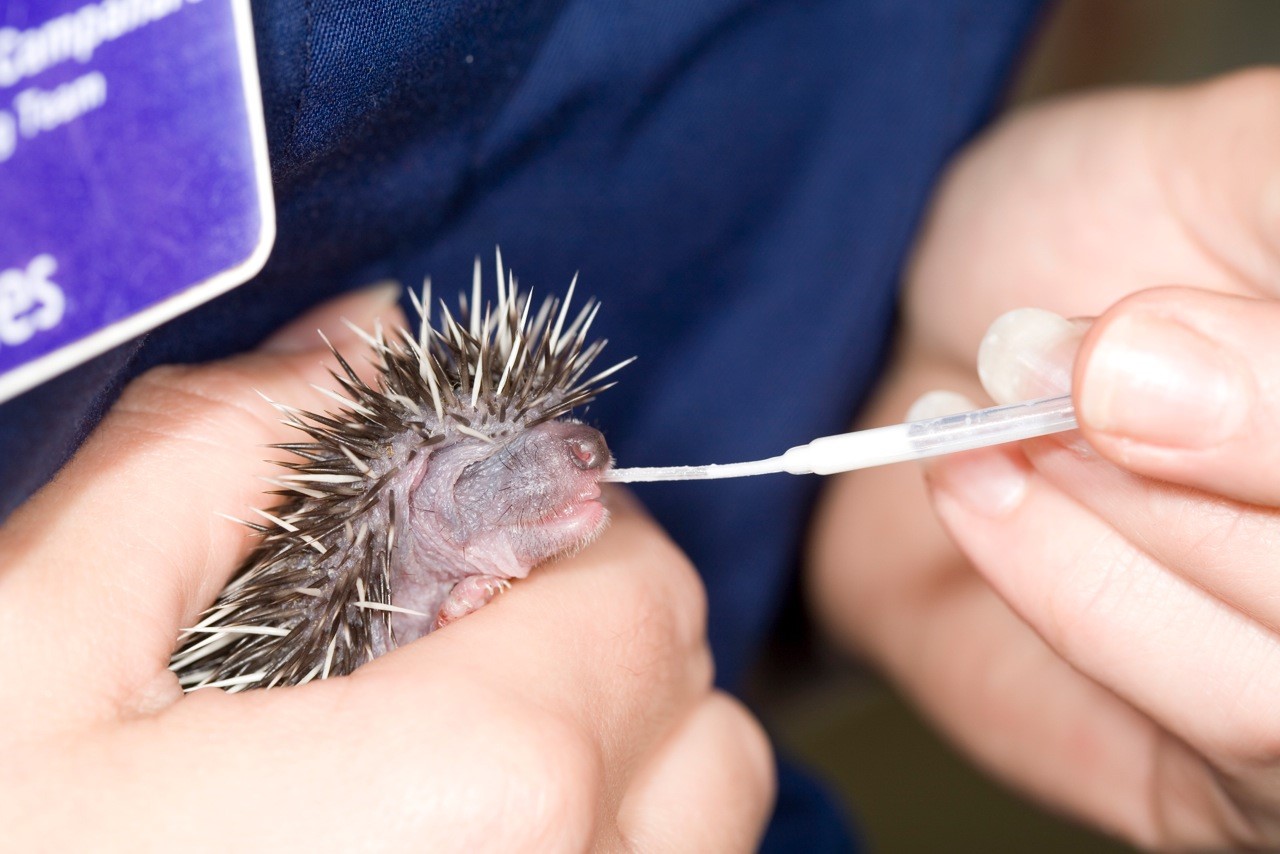
Tiggywinkles
March 9, 2018
Thame Country Fair
March 9, 2018What Is Hyperthyroidism?
The thyroid gland is situated in the front of the neck and produces the essential hormone (thyroxine) that controls how fast the body works when at rest.
What Are the Symptoms of Hyperthyroidism?
Weight loss (Over 90% of cases) and increased appetite (about 70-80% of cases) are among the most common clinical signs of this condition. Some cats will show excessive thirst, increased urination, and an increase of energy and activity. As the condition progresses the heart is affected and can lead to signs of heart failure.
What Breeds/Ages Are Prone to Hyperthyroidism?
Hyperthyroidism can occur in any breed of cat, male or female, but occurs almost exclusively in older animals. Less than 6 percent of cases are younger than 10 years of age.
How Is Hyperthyroidism Diagnosed?
Because several common diseases of older cats share some of the clinical signs of hyperthyroidism, tests are necessary.
In most cases, a simple blood test shows elevated T4 levels in the bloodstream. Unfortunately, between 2 and 10 percent of cats with hyperthyroidism will have normal or fluctuating T4 levels. Other illness can suppress elevated T4 levels, lowering them into the normal or high-normal range and fooling the vet into thinking that the cat’s thyroid status is normal.
Treatment is essential and can be curative. If you suspect your cat has any of these symptoms please book an appointment to see your vet.
Dr Mandy Elgin
BVMS MRCVS




